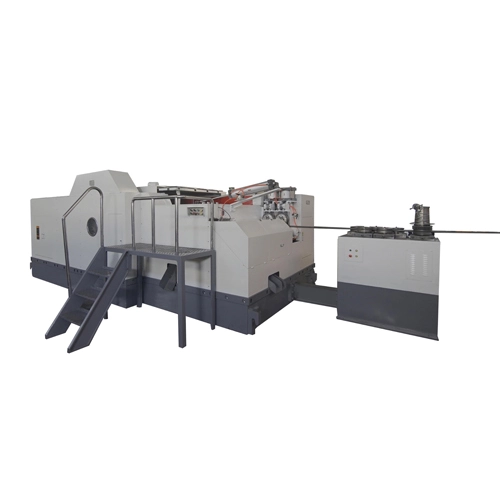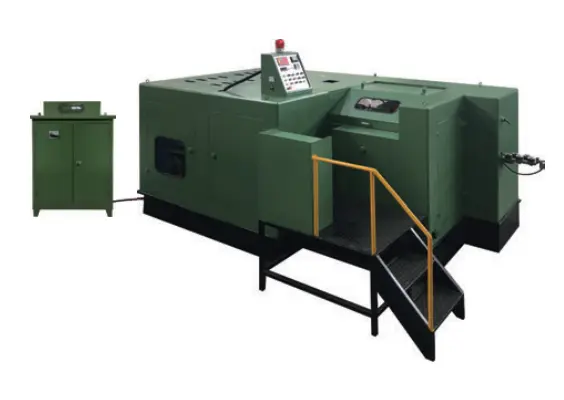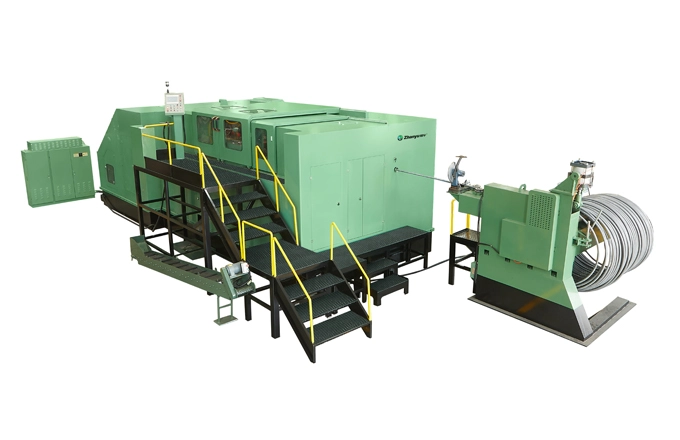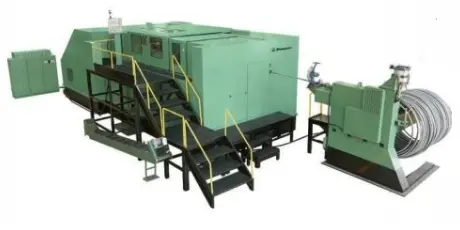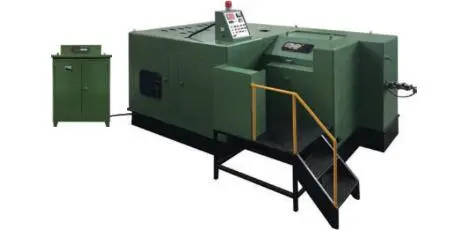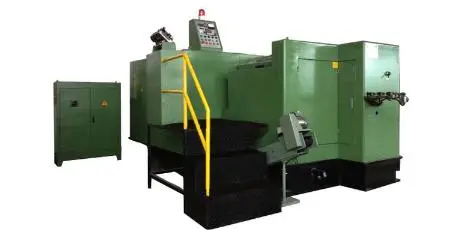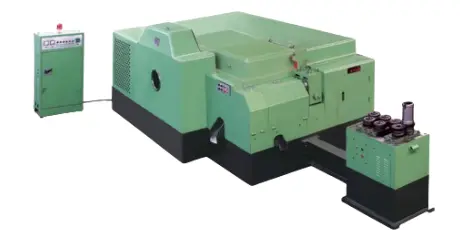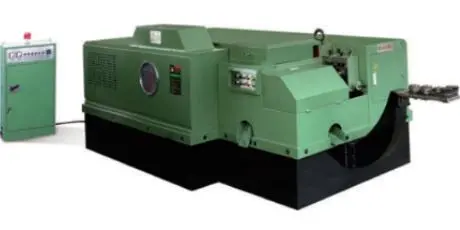How Can I Improve the Lifespan of Dies and Punches of My Cold Heading Macine?
Use high-quality materials for dies and punches: Investing in high-quality, durable materials such as high-speed steel, carbide, or other specialized alloys can significantly extend the lifespan of your tooling. These materials are designed to withstand the high pressures and stresses involved in cold heading, reducing the likelihood of premature wear and failure.
Regularly inspect and maintain the tooling: Implement a routine inspection and maintenance schedule to identify and address wear and tear before it leads to significant damage. Regularly check for signs of wear, such as cracks, chips, or deformation, and replace or repair tooling as needed. Keeping detailed records of tooling performance and maintenance can help you predict when replacements will be necessary, minimizing unexpected downtime.
Apply proper lubrication to reduce wear and tear: Proper lubrication is crucial for reducing friction and heat generation during the cold heading process. Use high-quality lubricants specifically designed for cold heading applications, and ensure they are applied consistently and adequately. Regularly check and replenish lubrication levels to maintain optimal performance. Additionally, consider using advanced lubrication systems that can automatically apply the right amount of lubricant at the right time.
Optimize machine settings and processes: Ensure that your machine settings, such as pressure, speed, and alignment, are optimized for the specific materials and parts you are producing. Incorrect settings can lead to excessive stress on the dies and punches, accelerating wear. Regularly review and adjust settings based on performance data and feedback from operators.
Implement proper training for operators: Ensure that machine operators are well-trained in the correct setup, operation, and maintenance of the cold heading machine. Proper training can help prevent mistakes that lead to unnecessary wear and damage to the tooling.

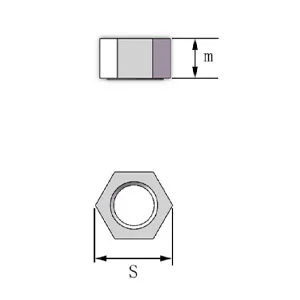
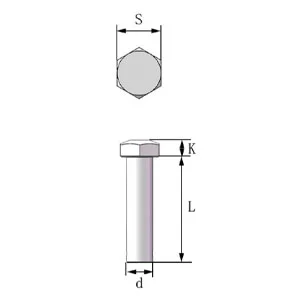
(1).webp)
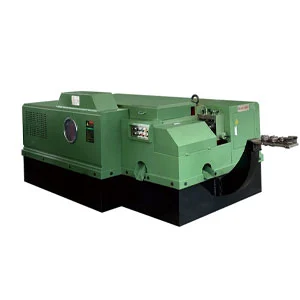
 English
English